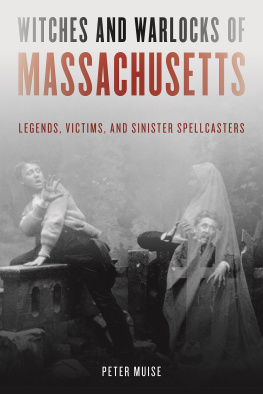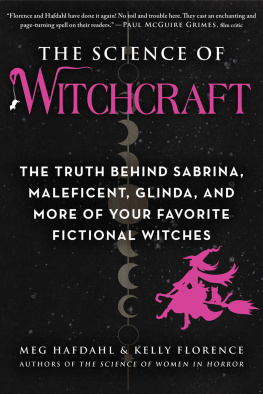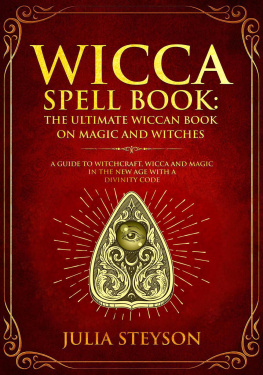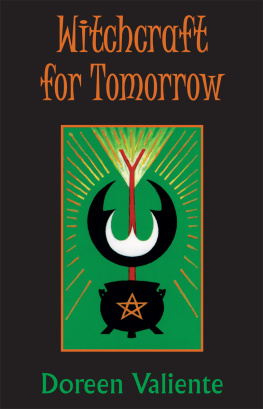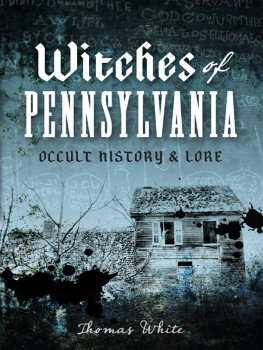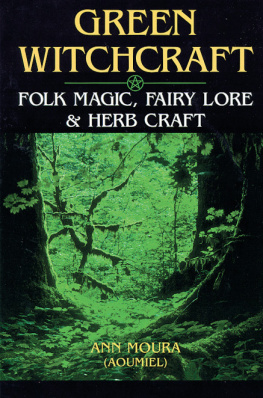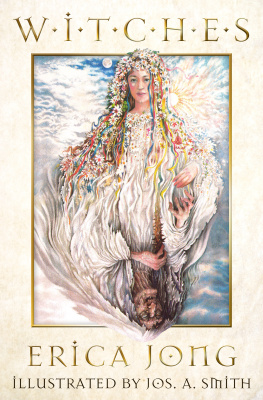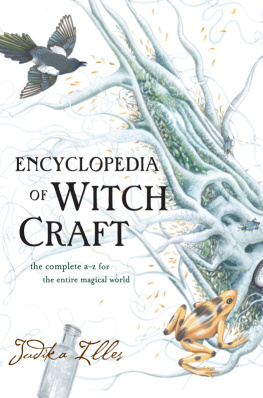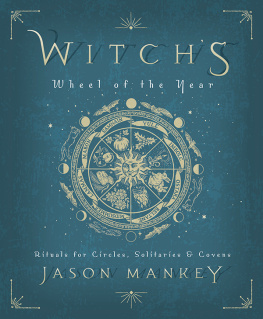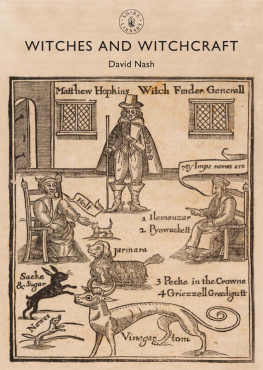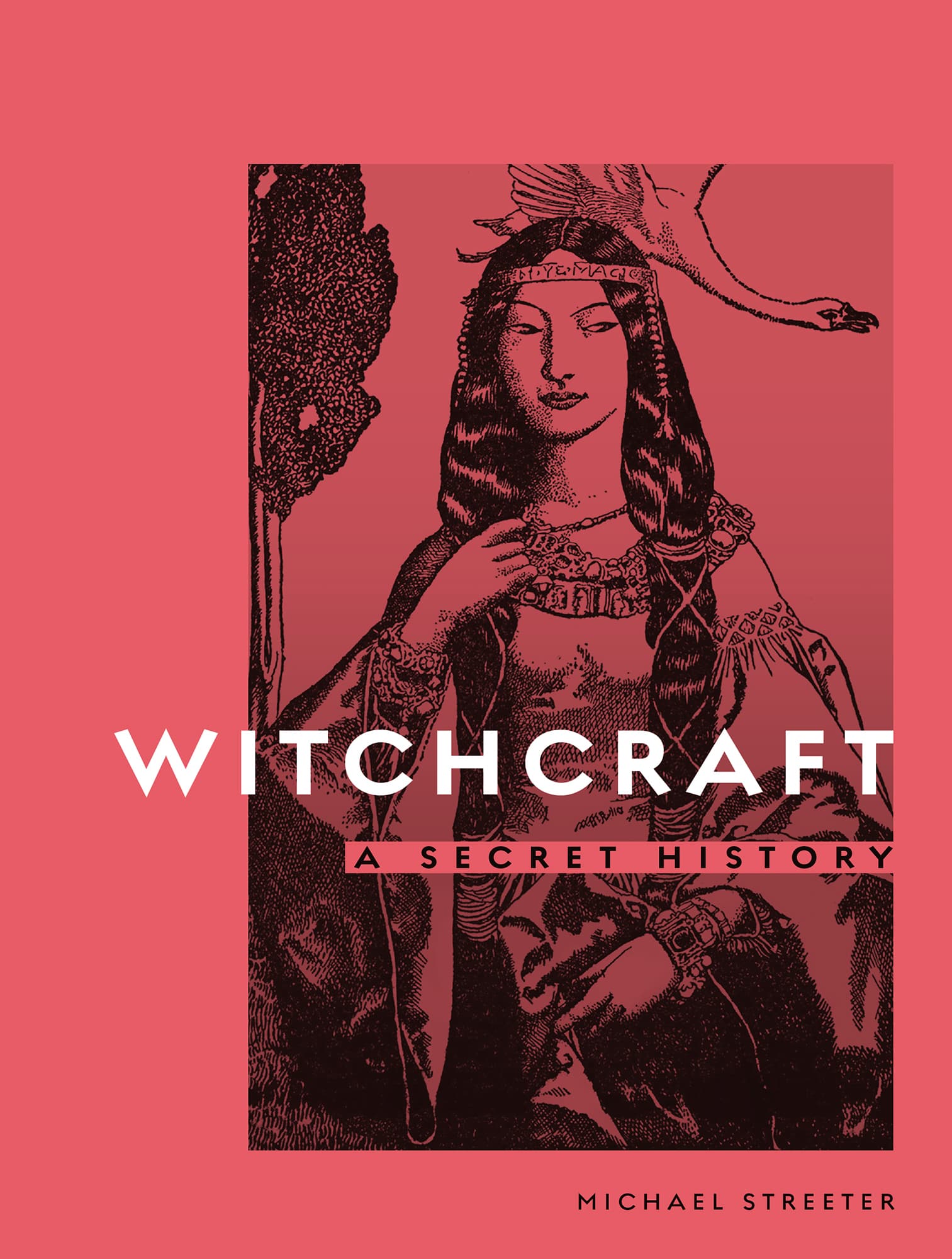Another definition of witchcraft is the one that developed in the late Middle Ages and Renaissance, and which dominated Western culture for perhaps 250 years: witchcraft as the worship of the Devil. This definition arose out of Christian thinking and was part of the late medieval Churchs obsessions with heresy. The reasoning was quite simple.
The world was divided between Good and Evil, God and the Devilthough God, of course, had the upper hand. The Devil had helpers in the form of spirits called demons, so anyone who invoked spirits other than in the Christian context was naturally in league with demons and thus the Devil. As people who performed magic (i.e. witches) often invoked spirits, this meant that witches were the Devils allies. As this idea developed, much of the late medieval world considered that witches entered a formal pact with the Devil, had sex with him or his demons, and tried to oppose Gods will. Therefore, they were the worst kind of heretics and had to be burned. This accounts for the large number of witch trials and executions in North America and particularly Europe from around 1450 to 1700. A few of those burned may have been simple sorcerers, as in our first definition; most had no connection with magic at all. None actually worshipped the Devil.
The idea of diabolical witches was an invention of its time, but one that has survived among many conservative Christiansthanks in part to misleading translations of the Bible.
Modern Witchcraft
The third definition is that used by many modern witches. In this, Witchcraft is a religion with a capital W; it is a mystery religion, which believes in one ultimate deity, but puts special emphasis on the female aspect of that deity in the form of the Goddess, and it reveres gods from the old pagan religions. At the same time, Witchcraft uses magicwhich witches believe is part of the natural world around them and not something remote or supernaturalas part of their spiritual development and identity as witches.
Incidentally, modern witches reject the suggestion of Satanic associations on the understandable grounds that Satan/the Devil is a Christian concept; and witches worship neither the Christian God nor its Devil. Yet, to avoid the negative value still attached to Witchcraft, many practitioners refer to it as Wicca and to themselves as Wiccansboth words are revivals of the Old English term for witch.
This, then, is the definition of witchcraft broadly adopted by A Secret History, though the word is also used in historical context to mean what people said it meant at that time.
It should also be pointed out that, just as there is no evidence that witches worshipped the Devil in the late Middle Ages, there is equally no evidence that witches worshipped the old pagan gods then, either.
The modern religion of Wicca can thus be seen as a fusion of folk magic or sorcery with pagan worship, plus borrowings from ceremonial magic dating back to Egypt and Ancient Judaea.
This book ends with a close look at how this dramatic revival of Witchcraft occurred and how witches have been able to emerge slowly from the shadows where they have been forced to hide. Witchcraft now appears to have a bright future. To understand how it has got there, we first need to consider its secret, and often dark, history.
THE DAWN OF WITCHCRAFT
Most societies in the world have a tradition of witchcraft. Many societies also revered goddesses such as Ishtar and Isis, who were linked with magic and witchcraft. Meanwhile, the Hebrews developed the idea of an evil god or devil, which in turn came to be identified in Western culture with anyone who performed witchcraft.
Magic, Witchcraft, and Religion
The use of magicin which the force of a persons will harnesses natural forces to influence events or outcomesis common to most cultures in the world. At its most basic, such magic is not part of a religion, but could be referred to as simple magic in which certain acts are carried out to produce defined effects. This might be sticking a pin in the image of someone to cause harm to that person; or having sex in a newly sown wheat field to ensure that the coming harvest is a good one.


